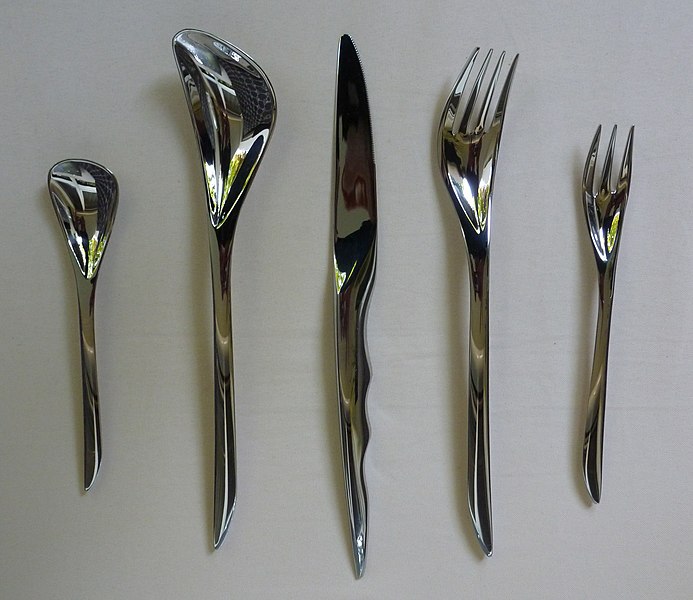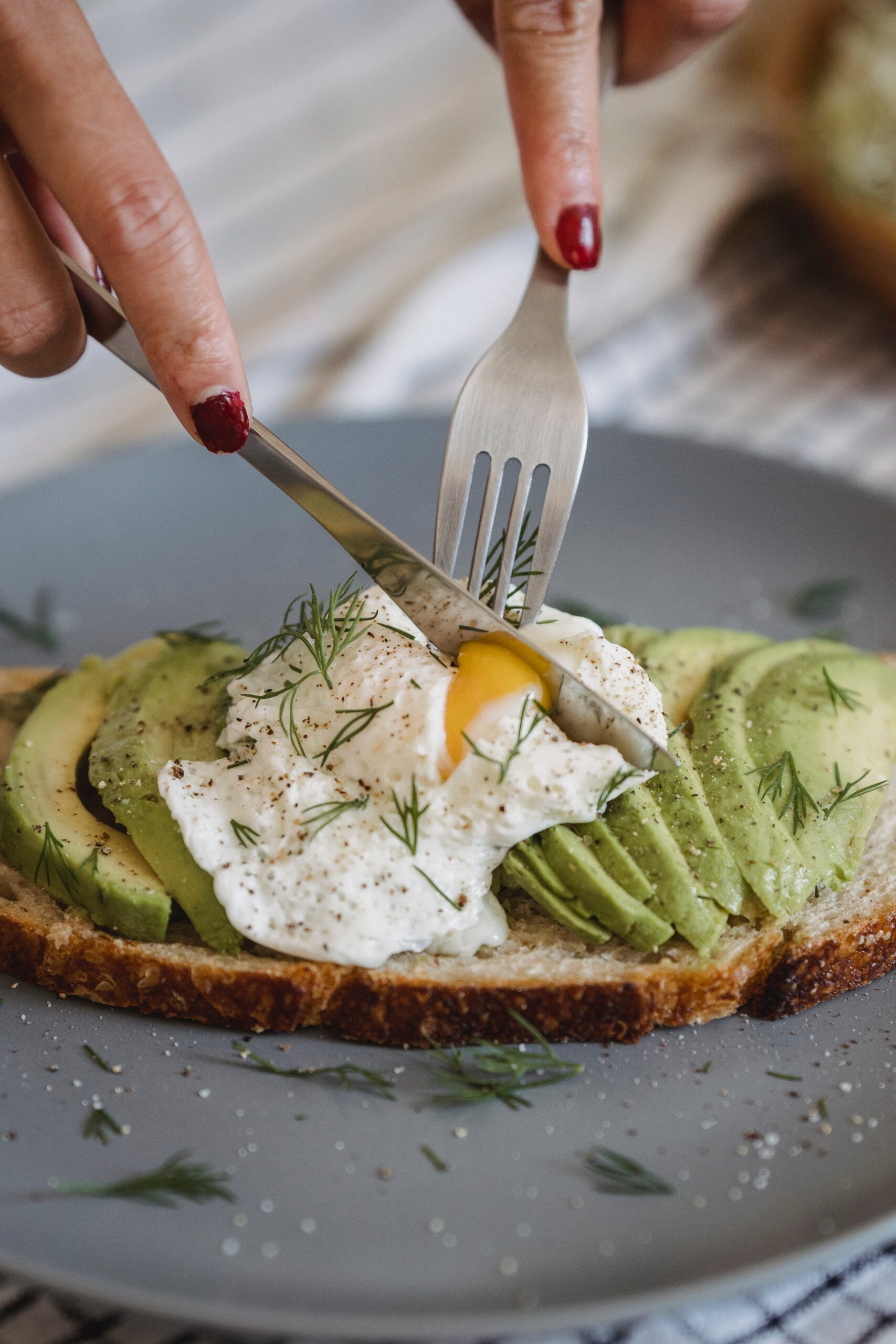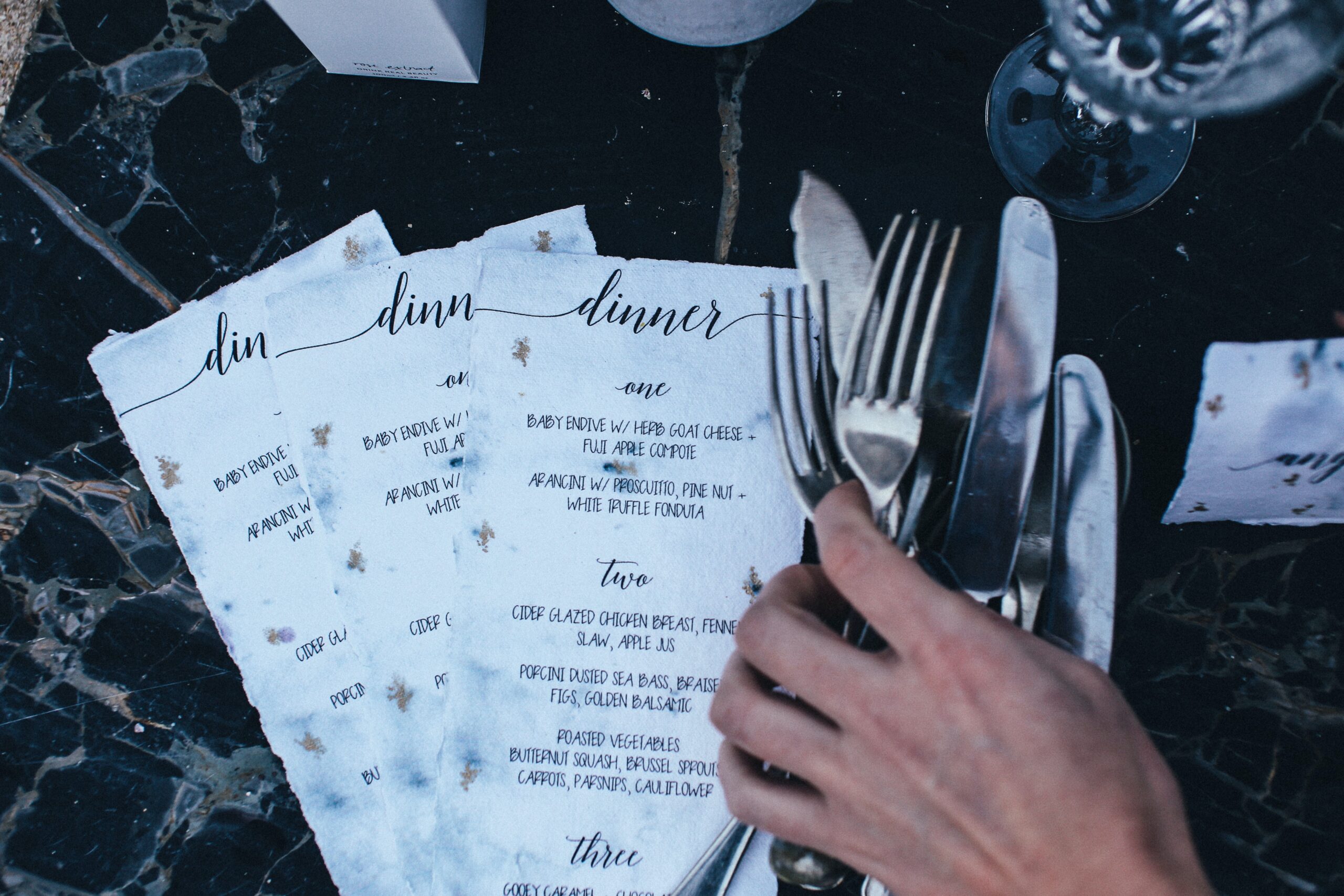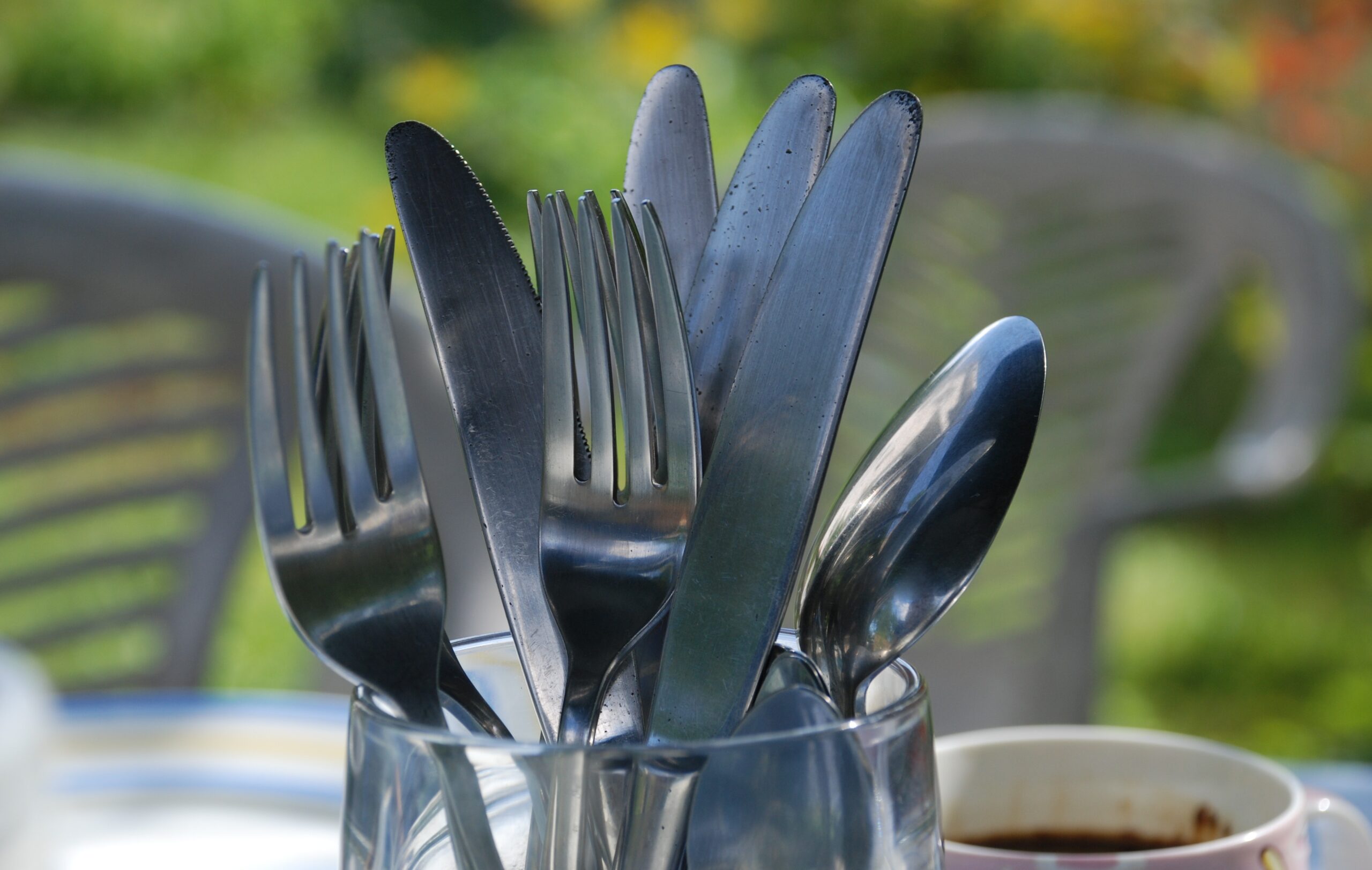When purchasing cutlery, it is important to understand the significant differences between 18/10 and 18/0 stainless steel. The information in this article will help you decide more wisely the next time you go shopping by outlining the advantages and disadvantages of each type of stainless-steel cutlery.
18/0 Cutlery
In 18/0 cutlery, “18” denotes the quantity of chromium while “0” denotes the amount of nickel. As chromium is a highly strong and durable metal that is resistant to damage and stains, 18% chromium is the usual percentage in all types of cutleries. The weight and longevity of a piece of flatware are mostly due to chromium. On the other hand, nickel is a silvery-white metal that gives the metal it is combined with a high gloss. Additionally resistant to corrosion, nickel offers a layer of protection to the metal it is applied on. The cutlery has a poor luster and is more susceptible to corrosion and staining when 18/0 stainless steel has 0% nickel. Despite this, stainless steel is nevertheless exceedingly durable and resistant to several corrosive causes and imperfections, and 18/0 silverware is frequently significantly less expensive than alternatives. Flatware in the 18/0 size is ideal for homes, businesses with a relaxed environment, or high turnover rates. 18/0 Silverware is a stylish mid-priced flatware series with an elegant, contemporary style and useful form.
18/10 Cutlery
While 18/10 stainless steel has 10% nickel content, it has the same amount of chromium as 18/0 stainless steel. The aesthetics and durability of the metal are greatly improved by this extra 10%. Cutlery made of 18/10 has a dazzling luster, is incredibly strong, and has excellent resistance to rust and corrosion. Therefore, 18/10 cutlery may be washed dozens or hundreds of times by hand or in a dishwasher in addition to being generally more attractive. This added toughness is ideal for restaurants, especially those with a more upscale ambiance. For that one piece of flatware at home that is reserved for special occasions, 18/10 silverware is also a wonderful option. The finest option for dazzling visitors and flawlessly bringing together a classy table presentation is 18/10 stainless steel, even though it is frequently more expensive. Our Oasis series from Sola Cutlery mixes modern aesthetics with traditional elegance and practicality for the very finest in 18/10 cutlery. Any type of crockery or food presentation looks fantastic next to the Oasis collection.
Why is stainless steel used for cutlery?
Stainless steel is the ideal material for creating cutlery due to several advantages.
Different stainless-steel grades with varying amounts of chromium or nickel are 18/10 and 18/0. Although both grades are of a good caliber, you may pick the one that best fits your budget. The inclusion of two metals in 18/10 makes the cutlery feel substantial in the touch, avoids corrosion, or stains, and boasts a brilliant sheen. The strongest and most long-lasting cutlery material, stainless steel, is ideal for daily usage. Even at very high temperatures, stainless steel maintains its strength and is dishwasher- and water-resistant. Its ease of maintenance and ability to retain shine are further advantages.
Comparing flatware made of 18/10 and 18/0 stainless steel
Properties of 18/8 and 18/10 stainless steel
- Shiny sheen
- Rust-resistant
- long-lasting design
18/0 Stainless Steel Properties
- Soft shine
- No nickel content
- Economical composition
18/10 and 18/0 are the two primary grades of stainless-steel flatware. The quantity of nickel and chromium in the alloy is the primary distinction between these two varieties. In comparison to 18/0 flatware, which has 18% chromium and 0% nickel, 18/10 flatware has 18% chromium and 10% nickel. Because of the nickel content, 18/10 flatware has a bright, lustrous surface and excellent corrosion resistance. Flatware made of 18/0 has a duller surface and is less corrosion-resistant. Both styles of flatware are dishwasher-safe and crafted of premium stainless steel. It is crucial to take the intended use into account while selecting flatware.
What is 18/0 stainless steel flatware?
A form of silverware known as stainless steel flatware is created from a steel alloy containing at least 10.5% chromium. Stainless steel that has 18 parts chromium and 0 parts nickel is known as 18/0 stainless steel. It is non-magnetic and the most popular kind of stainless steel. The least-priced stainless steel alloy is also this one.
Is s 18/0 Flatware High Quality?
A simple no is the response. It is stainless steel because it contains 18% chromium, which is much more than the required 10.5 percent, and is nickel-free. There are several quick and easy ways to determine if your flatware is 18/0. Checking if the component is drawn to a magnet is the first stage. This is a perfect illustration of its nickel shortage. If a magnet can be used to lift the spoon or fork, the stainless steel is probably 18-0 or a lower grade. Finding out where it was made is the second step. The majority of cheap imported flatware is made in China, Vietnam, and Indonesia. Most foreign manufacturers use the less costly 18-0 stainless steel to keep costs down. Flatware made of low-grade 18/0 stainless steel tends to tarnish and lose its sheen very fast. Even when stain-free flatware requirements are followed, consumer reviews of such low-quality products commonly report early pitting and stains after only a few washes.
Solid forged knives and knife blades must be hardened to maintain their edge and form during the lifespan of your flatware. High-quality 400 series steel is used by Liberty Tabletop to create the blades of its hollow handle designs and solid forged knives.
In addition to using high-quality American steel, it is essential to use the right hardening and surface finishing techniques to guarantee a surface devoid of pits and a properly developed chrome oxide coating to prevent blade corrosion. The same premium 18-10 stainless steel that we use to produce our forks and spoons is used to make the handles of our hollow-handle knives. This indicates that the handles will never corrode, unlike many foreign-forged knives, even when the designs contain intricate pattern details.




